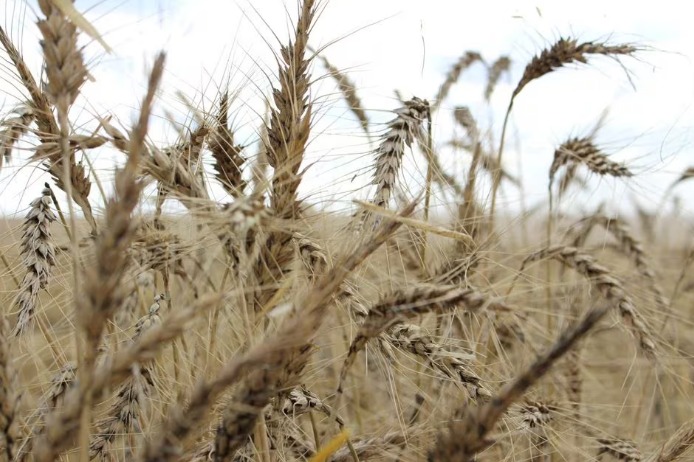
As we approach 2024, global food supplies face challenges that may lead to tighter conditions, affecting staple foods like wheat, corn, and soybeans. High food prices in recent years prompted increased planting, but adverse weather, export restrictions, and higher biofuel mandates threaten to impact availability well into the coming year.
Market Dynamics and Price Trends
Despite several years of strong gains, global wheat, corn, and soybean prices are anticipated to experience losses in 2023. The easing of bottlenecks in the Black Sea region and concerns about a global recession contribute to this shift. However, analysts and traders caution that prices remain vulnerable to supply shocks and potential food inflation in the New Year.
Ongoing Challenges and Uncertainties
Ole Houe, Director of Advisory Services at agriculture brokerage IKON Commodities in Sydney, emphasizes that while the supply picture improved in 2023, challenges persist. El Nino weather forecasts until at least April-May, potential disruptions in Brazil’s corn production, and unexpected large-volume purchases of wheat and corn by China contribute to ongoing uncertainties.
El Nino and Its Impact on Food Production
The El Nino weather phenomenon, which brought dry conditions to parts of Asia this year, is forecasted to continue into the first half of 2024. This poses risks to the production of crucial crops such as rice, wheat, and palm oil in major agricultural exporters and importers globally. Asian rice production is expected to decline, further tightening global rice supplies.
Rice Prices and Supply Constraints
Rice prices rallied to their highest in 15 years in 2023 due to supply constraints resulting from the El Nino weather phenomenon. India, the world’s largest rice exporter, implemented restrictions on shipments, contributing to the upward pressure on prices. Lack of moisture also threatens India’s next wheat crop, potentially leading to the country seeking imports for the first time in six years.
Outlook for Grain Supplies in 2024
While South American corn, wheat, and soybean production are expected to improve in 2024, uncertainties linger. Dry weather in Brazil has led to reduced soybean and corn production estimates. Meanwhile, Argentina is poised for increased production due to abundant rainfall.
Palm Oil and Cooking Oil Prices
Global palm oil production is anticipated to decrease in 2024 due to dry El Nino weather. This reduction supports cooking oil prices, which dropped more than 10% in 2023. Expectations of higher demand for palm oil-based biodiesel and cooking oil contribute to the potential upside price risk.
Conclusion
As global grain and oilseed stock inventories remain historically tight, uncertainties persist. The northern hemisphere faces the potential impact of a strong El Nino weather pattern during the growing season, and the global demand is expected to return to its long-term growth trend.
Subscribe to Follow Global Trends for daily global news.
To Advertise, send a mail to advertise@followglobaltrends.com
Credit: Naveen Thukral


